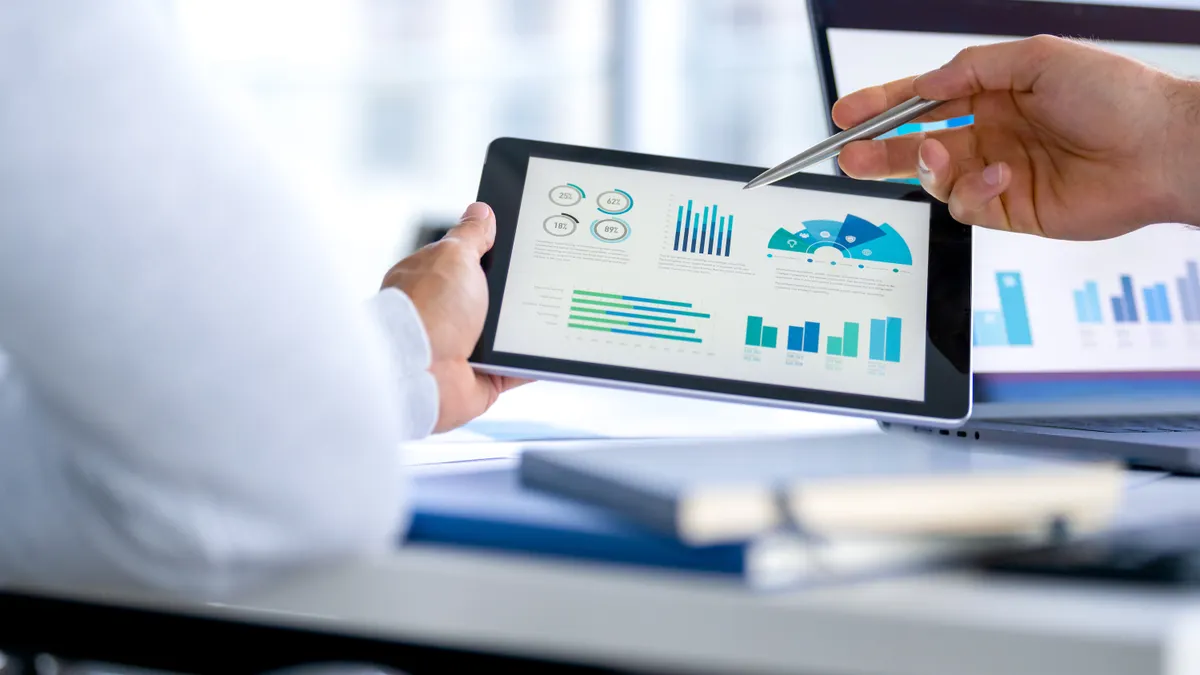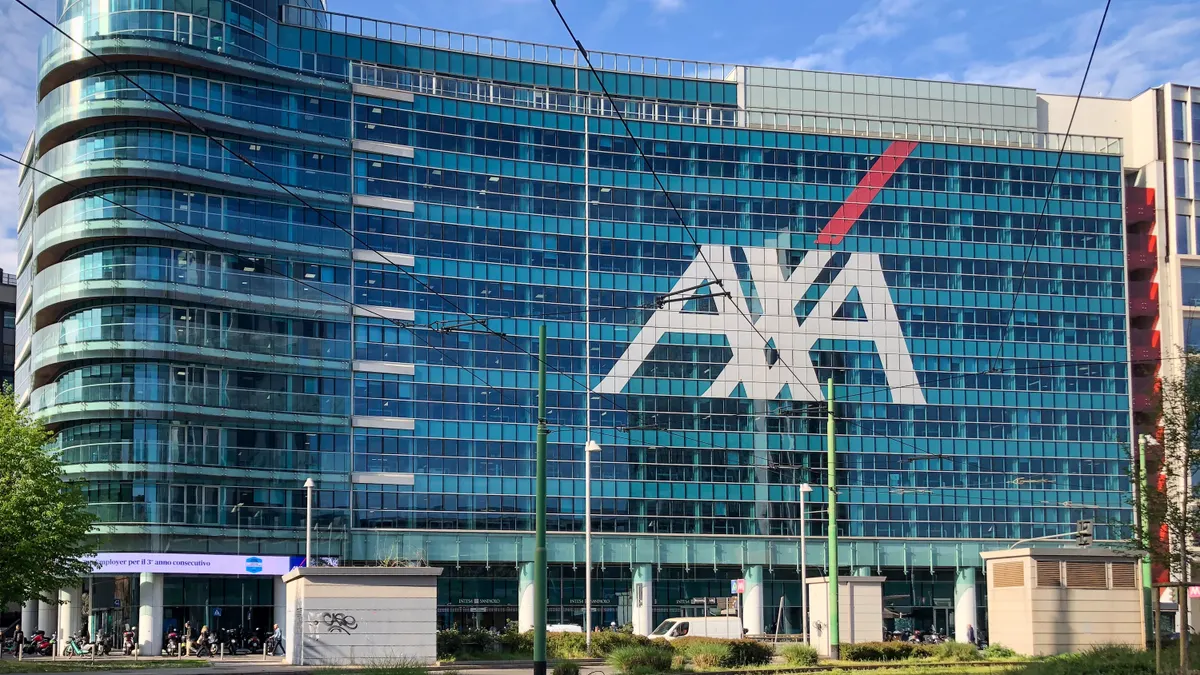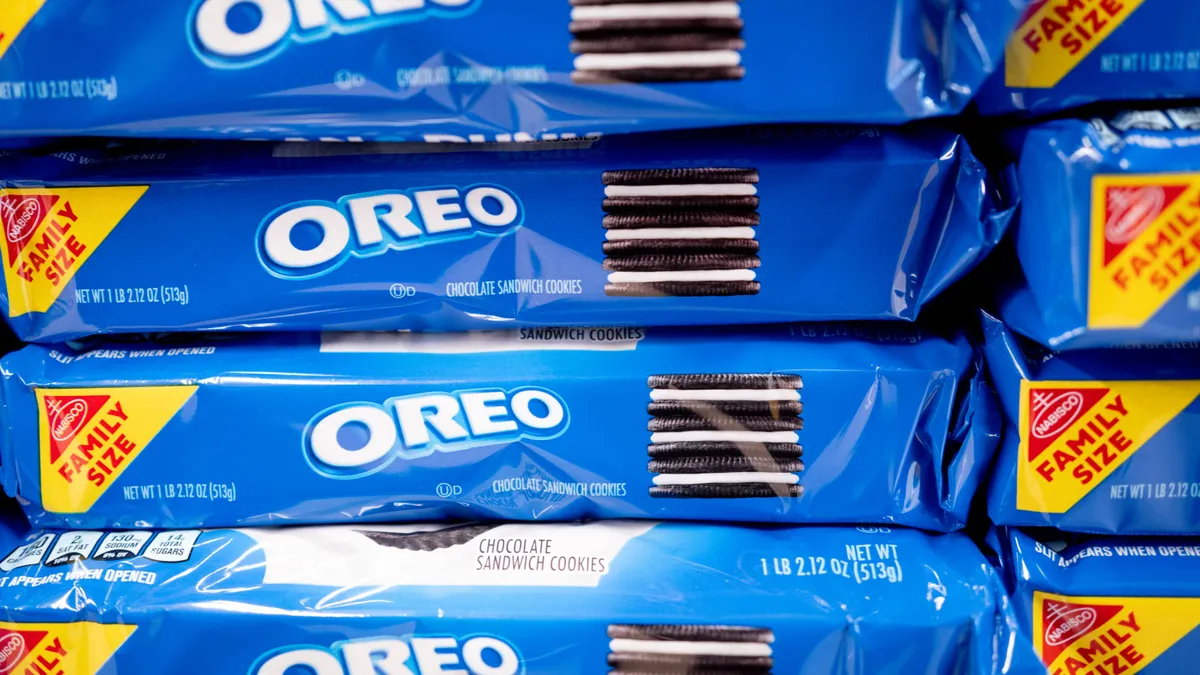When Microsoft announced plans to purchase LinkedIn for $26.2 billion earlier this week, it set off a wave of interest, speculation and commentary.
But the move could also have lasting impacts on enterprise technology.
"This deal is the biggest signal to date that large tech brands are now looking at how they can effectively engage with the business audience," said Ryan Donovan, product management and software engineering executive at Sitecore.
It's also a game changer for Microsoft, because rather than integrate LinkedIn into the Microsoft as it has with past acquisitions, the company is planning to keep the business social network as a standalone brand.
"(It's) a smart move considering the brand equity LinkedIn has with the business community," said Donovan. "While it will continue to be a standalone brand, expect to see LinkedIn being incorporated into other elements of the company fairly quickly."
LinkedIn is a gold mine of business data—resumes, interconnections, personal preferences, etc. Until now, the company has carefully guarded that information, preventing outsiders from doing any sort of deep data mining. But now that Microsoft is on the inside, the company will have full access to LinkedIn's 433 million users, which it could use in a variety of ways.
"Data is the new oil, which is great news if you are a company like LinkedIn that has spent years amassing a hard-to-replicate database," said Moshe Kranc, chief technology officer at Ness. "Like IBM's purchase of Weather.com's information gathering network a few months ago, this purchase is all about the data."
Through the deal there is also potential to connect with the business end user, potentially boosting consumer connections with Microsoft's products.
"Microsoft's acquisition of LinkedIn creates some interesting opportunities to increase its presence and connection to end users," said Bill Ho, CEO of Biscom. "It also begs the question about what Microsoft will do with all the information LinkedIn has on its users."
With access to LinkedIn's 400 million users, Microsoft could extend its offerings and integrate with LinkedIn and leverage end user data for the CRM, according to Ho.
Microsoft could even use the network to drive its internal recruitment to find the best talent or better appeal to buyers, according to Kranc.
"The most profitable business line for LinkedIn was recruitment—nowadays all my friends find jobs via LinkedIn," said Kranc. "Microsoft needs to continue to grow that market, and use it as a beachhead into the HR management market that is currently dominated by Oracle and SAP."
"Perhaps Microsoft overpaid for LinkedIn at $26.2 billion, but make no mistake—there is genuine value here," Kranc said.
Microsoft's new marketing avenue
Microsoft could certainly employ LinkedIn to directly promote its products through ads and other content on the network. And the acquisition could provide Microsoft's B2B customers with a greater ability to reach business individuals with personalized advertising.
"The data LinkedIn has on how people describe their job role could be really valuable from a marketing perspective," said Andrea Bridges-Smith, product marketing manager at PostUp. "Microsoft can identify members of their target market for each product, segment them into groups, and then research how those groups talk about their jobs and then tailor their marketing language to those descriptions."
There is also increasing demand for personalized advertising, and the purchase of LinkedIn could help Microsoft better target its market.
"Based on data from a recent national survey, there is increasing consumer demand for personalized advertising," said Andrea McFarling, director of marketing at Adlucent.
According to McFarling, 71% of consumers prefer ads that are tailored to their interests and shopping habits.
"With increased access to LinkedIn data, Microsoft will be able to effectively use information to reach the right consumers at the right time," McFarling said. "While LinkedIn has already monetized their site by selling space to advertisers, the change with Microsoft will open them to an even larger potential customer base."
And LinkedIn's value as a recruitment tool is significant as well.
Tying it all together
But perhaps the greater opportunity in the LinkedIn purchase is how Microsoft can use the platform to demonstrate how useful its tools are to the enterprise, rather than just telling LinkedIn users that they're useful, explained Chad White, Research Director at Litmus.
"For instance, Microsoft could replace LinkedIn messaging with Outlook 365, reserving some advanced functionality for Premium LinkedIn users," said White. "The ability to compose rich messages using Word and schedule meetings using Outlook's calendar from within LinkedIn would be very attractive."
In addition to replacing LinkedIn messaging with Outlook 365 and using LinkedIn connections to create a live, auto-updating address book, Microsoft could also add interactive functionality to create more powerful email experiences, added White.
As an example, "Google allows you to approve Google Plus connection requests inside emails in Gmail without clicking through to Google Plus, and Gmail supports embedded video content from YouTube," White said. "Microsoft should follow Google's lead and strengthen the ecosystem around Outlook 365 by integrating it with LinkedIn and SlideShare so that emails from LinkedIn are interactive and supporting SlideShare embeds."
Microsoft likely will seamlessly integrate LinkedIn data and insights into the rest of the Office365 suite, agreed Kranc, who suggested the examples for how that could play out:
-
If you have a meeting scheduled with a potential client, Outlook can proactively inform you of shared friends and interests.
-
In a Yammer thread, you can pose a question to your LinkedIn professional network.
-
Cortana, Microsoft's digital assistant, can wake you up in the morning with information about companies looking to hire people like you.
-
Office applications could be personalized based on your LinkedIn profile. For example, they could determine which default Excel style guide is best suited for a Finance Manager based in Finland.
Privacy caveats
Big Data and privacy concerns often go hand-in-hand, though experts don't think it will be a major concern for Microsoft overall.
"Consumers have become accustomed to giving up personal data in return for value-added services, so long as they have the option to opt out," said Kranc.
"People who create accounts on LinkedIn open themselves up to communications from LinkedIn partners" and advertisers, added McFarling. "If advertisers are reaching audiences who have not opted in to their communications, it's important for them to tailor their message to the individuals as much as possible and provide a way for people to opt out of future communication."
The more interesting privacy discussion instead revolves around how these two global information systems will combine.
"Before we can worry about how the data is going to be utilized, we need to first consider where this sensitive data is going next and how it is being moved or deleted," said Pat Clawson, CEO of Blancco Technology Group. "What does Microsoft do with LinkedIn data that is no longer relevant? What happens to the actual hardware—servers, computers, USBs, mobile phones—collecting and storing old data?"
"Both companies need to be extremely careful about how data is handled," Clawson said. "If information is not properly wiped off of previous systems and destroyed, it is more than likely to end up in the wrong hands. LinkedIn knows this all too well now, following the recent leak of user records from 2012, and must be hypersensitive to how data is managed moving forward."
LinkedIn Limitations
While Microsoft's purchase of LinkedIn is certainly interesting and provocative for Microsoft, it also presented a huge opportunity for LinkedIn, which is well-known, but ultimately a business model with significant limitations. The company's purchase by Microsoft may have come at just the right time for social networking company.
"Let's not forget, LinkedIn was a distressed Internet property without a solid business plan—that's why Microsoft was able to buy them," said Kranc. "As a social network, LinkedIn is too small to profit based on advertising, and its consumer-facing pay product has had limited take-up."
"Those inherent problems remain," Kranc said.





















